10 Shaky Dividends That Could Harm Your Retirement


More than a third of the companies in the Standard & Poor’s 500-stock index have hiked their dividends in 2018, and none have cut their payout, according to Howard Silverblatt, senior industry analyst for S&P Dow Jones Indices.
An improving economic backdrop and U.S. tax cuts have pushed first-quarter corporate earnings up by more than 15%, per data from FactSet, creating an environment that is conducive for generous dividend increases.
Despite this, several companies in the market are quite challenged. From the rise of e-commerce to regulatory changes and interest-rate volatility, a handful of factors have pushed the sustainability of 10 companies’ dividends to the brink. While a payout cut is not necessarily imminent, dividend research firm Simply Safe Dividends has assigned each of these businesses a Dividend Safety Score of “Risky.”
Dividend Safety Scores are a metric developed by Simply Safe Dividends to help investors avoid dividend cuts. The scores scrub a company’s most important financial metrics to assess its future payout risk, and they have correctly identified more than 98% of real-time dividend cuts ahead of time since inception.
Let’s take a closer look at 10 potentially unsustainable dividends that could hurt your retirement portfolio.
Data is as of May 15, 2018. Dividend yields are calculated by annualizing the most recent quarterly payout and dividing by the share price. Click on ticker-symbol links in each slide for current share prices and more.

Uniti Group
- Market value: $3.5 billion
- Dividend yield: 12.0%
The more concentrated a company’s operations are, the more pain a business can experience if something goes wrong. In Uniti Group’s (UNIT, $19.96) case, this real estate investment trust (REIT) specializing in fiber-optic cables generated 75% of its revenue from a single customer in 2017: Windstream (WIN).
Windstream is a regional telecom company that spun off the bulk of its fiber optic cables into a REIT (Uniti Group) in 2015. Following the spinoff, Windstream entered a 15-year lease with Uniti to continue using these assets to deliver broadband internet to its customers.
While many REITs and telecom businesses are loved by dividend investors because of their steady cash flow and generous payouts, Uniti Group could find itself in trouble over the next couple of years.
That’s because Windstream is experiencing major challenges that have sent its own stock price tumbling roughly 80% since the start of 2017. Many investors are worried about the company going bankrupt given its sizable debt maturities over the next few years, and Moody’s downgraded its credit rating further into junk status to B3 from B2 in February 2018.
Uniti Group also has a junk credit rating and could struggle to raise the capital it needs to diversify its business as investors fret over Windstream. Ultimately, reducing the dividend relieve some of that pressure and better position Uniti for the long-term.
Uniti Group’s master lease agreement with Windstream does offer it some cash-flow protection in the event of Windstream’s bankruptcy. But those kinds of proceedings can be messy, and it wouldn’t be surprising if Windstream’s bondholders demanded some rent concessions from Uniti.
For now, Uniti remains a speculative income stock.

Buckeye Partners, L.P.
- Market value: $6.0 billion
- Dividend yield: 12.9%
- Buckeye Partners, L.P. (BPL, $39.24) is a master limited partnership (MLP) operating a collection of pipelines and storage terminals used to move oil and petroleum products. These transportation assets are very costly to construct and typically face regulatory hurdles, but once they are usually reliable cash cows once they are in place.
In fact, more than 95% of the company’s 2017 adjusted EBITDA was fee-based, providing predictable cash flow from which to fund its generous distributions. As domestic energy production grows, Buckeye also should have plenty of long-term project opportunities to grow its business.
However, Buckeye’s double-digit yield could come under further pressure. Management is operating the business with little margin for error. Buckeye’s distribution coverage ratio, which measures the partnership’s ratio of distributable cash flow generated to distributions paid, has hovered near 1.0 for the past five years, including 2017. (Simply Safe Dividends offers other MLP investing tips here.)
That means BPL’s distribution has consumed virtually all of the company’s cash flow, forcing Buckeye to tap external debt and equity markets to fund its growth projects. Many other MLPs will retain at least 10% to 20% of internally generated cash flow to decrease their dependence on fickle capital markets.
Buckeye’s unit price has slumped by more than 40% since the start of 2017, significantly raising its cost of equity. Combined with management’s guidance that distribution coverage could fall below 1.0 during periods in 2018, including a ratio of 0.91 in the first quarter, the company has very little financial flexibility.
For now, management is determined to continue the distribution, which Buckeye Partners has paid without interruption since 1986. However, the company’s low coverage ratio and high cost of capital ultimately could put its payout in peril sooner than later.
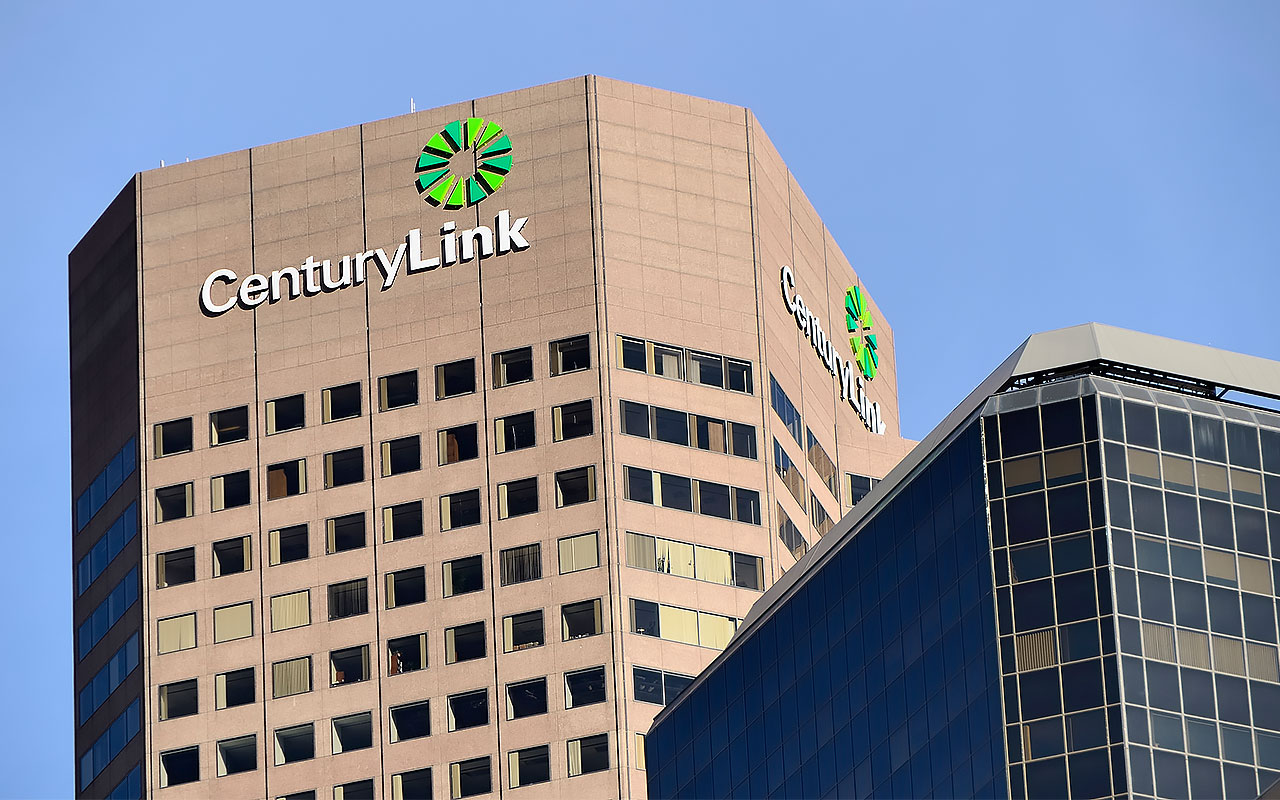
CenturyLink
- Market value: $20.7 billion
- Dividend yield: 11.2%
- CenturyLink (CTL, $19.37) is a large U.S. telecom services provider with more than 10 million customer connections – primarily landline phone connections and internet subscribers.
Morningstar equity analyst Matthew Dolgin put it well when he titled the beginning of his latest note, “CenturyLink Faces Industry Headwinds and Has No Moat.”
The company merged with Level 3 Communications in 2017 to focus more of its business on enterprise customers, which account for more than 70% of revenue today. The deal also reduced CenturyLink’s exposure to the declining voice services market from 43% to 29% of revenue.
Unfortunately, the business still faces real challenges that threaten its payout. As Dolgin writes, “CenturyLink maintains very high financial leverage while remaining committed to an outsized dividend, leaving it vulnerable to a spike in borrowing costs, an inability to roll over its debt, or an unforeseen downturn in its business.”
With the company’s payout ratio exceeding 100% last year and profitable growth hard to come by in the capital-intensive and price-sensitive telecom sector, CenturyLink is facing a lot of pressure.
“If the company does not cut its dividend before its nearly $10 billion of debt comes due during the first three years of the 2020s,” Dolgin writes, “it is banking on a growing business and an ability to issue new debt.”

Annaly Capital Management
- Market value: $11.9 billion
- Dividend yield: 11.6%
While Annaly Capital Management’s (NLY, $10.33) dividend has remained steady the past few years, the mortgage REIT has a poor long-term track record of providing reliable income. The company’s quarterly dividend has declined from a high of 75 cents per share in late 2009 to 30 cents today.
Annaly was founded in 1996 and invests in and finances residential and commercial securities, loans and equity. The company primarily makes money by borrowing at short-term interest rates and using those proceeds to buy longer-term assets, such as residential and commercial mortgage-backed securities, that provide higher yields. NLY gets to collect the difference between those rates, known as its net interest margin, and uses financial leverage to boost the profits of its spread business.
As a mortgage REIT, Annaly is required to pay out at least 90% of its taxable income as a dividend, leaving the firm with less cushion should interest rates shift and reduce its investment income.
In fact, analysts expect Annaly’s adjusted diluted earnings per share to slip about 5% over the next year, which would push its payout ratio to 105%. If that plays out, that would represent NLY’s highest payout ratio since 2014.
Kevin Keyes, the company’s chairman and CEO, also recently commented, “Increased volatility and rising interest rates created a more challenging investment environment in the first quarter.”
Annaly does have a hedging program in place to protect it somewhat from rate volatility, and NLY insiders seem to like the stock just fine. But conservative income investors may be best off avoiding this space altogether given its high payout ratios, use of financial leverage, and complicated business models.
SEE MORE: Investors can review Simply Safe Dividends’ in-depth investment guide to learn more about mortgage REITs here.
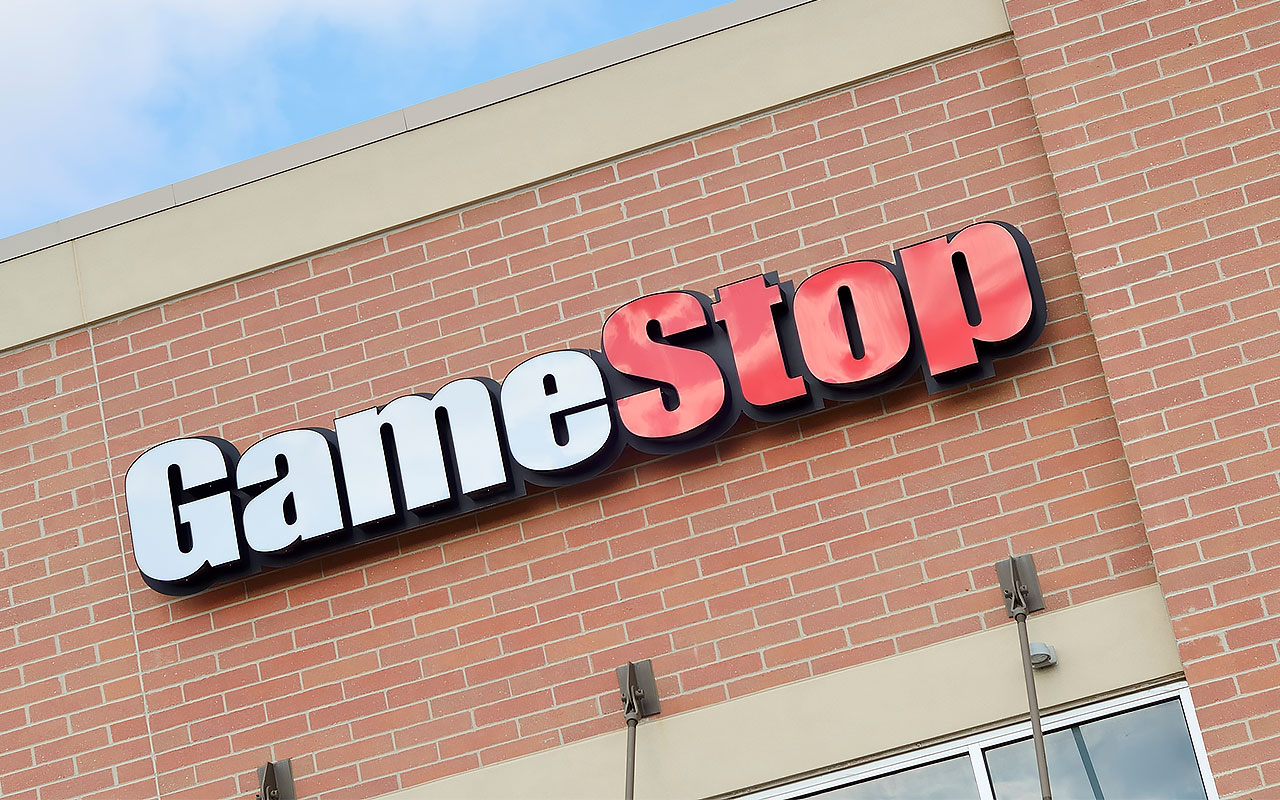
GameStop
- Market value: $1.4 billion
- Dividend yield: 11.3%
The brick-and-mortar retail world can be very unforgiving, especially as digital shopping continues to grow rapidly. Unfortunately for GameStop (GME, $13.51) its business model is largely on the wrong side of this secular trend.
GameStop has more than 7,200 stores around the world and sells a mix of new and used video games, consumer electronics and wireless services.
While GameStop is trying to diversify its business into other areas that are growing, physical video games still are expected to generate 50% of its earnings in 2019. The gaming industry is increasingly move away from physical games in favor of digital downloads, which is pressuring GameStop’s business.
In fact, management expects same-store sales to be flat to down 5% in 2018, reflecting GameStop’s growth challenges. GameStop’s earnings also have been declining, in part because of its large fixed cost base and maintenance needs.
Management has frozen GME's current quarterly dividend after having increased it each year since 2013, and the stock should probably be avoided by conservative income investors.

AmeriGas Partners, L.P.
- Market value: $3.8 billion
- Dividend yield: 9.2%
The rise of low-cost natural gas production across America’s vast shale formations has been a boon for many businesses. Unfortunately, AmeriGas Partners, L.P. (APU, $41.24) is not one of them.
AmeriGas, another MLP, is one of the largest propane distributors in the United States. Propane is used by consumers and businesses for heating and cooking purposes, fuel, and several industrial-focused applications.
With the ongoing boom in natural gas distribution infrastructure, low-cost gas is increasingly positioned to take market share from propane. In fact, Morningstar senior equity analyst Andrew Bischof, CFA, CPA, estimates that AmeriGas’ internal volume declines will run at about 1.5% per year going forward.
The company’s 2017 annual report even says, “As long as natural gas remains a less expensive energy source than propane, our business will lose customers in each region into which natural gas distribution systems are expanded.”
As a result, management will need to continue consolidating the highly fragmented propane market to help the company grow. However, the company already operates with a high debt burden and does not have an investment-grade credit rating.
Considering the company’s growth pressures, a need to deleverage and a distributable cash flow payout ratio that analysts expect to come near 100% over the next year, AmeriGas’ distribution could be on the chopping block.

L Brands
- Market value: $9.5 billion
- Dividend yield: 7.2%
- L Brands (LB, $33.31), founded in 1963, has paid uninterrupted dividends for more than 25 consecutive years, but its status as a safe income source could be in jeopardy.
The specialty retailer generates the bulk of its earnings from selling its Victoria’s Secret products through more than 1,600 stores around the world. L Brands also owns Bath & Body Works, which has more than 1,700 stores globally.
Jaime M. Katz, CFA, is a senior equity analyst at Morningstar and maintains a wide moat rating for L Brands, citing the firm’s strong brands, relatively limited competition in women’s lingerie and economies of scale. However, Katz also notes that approximately 50% of the company’s stores are in B and C malls, which are under the most traffic pressure as more shopping moves online.
L Brands is working to shift more of its sales online, but mall traffic is likely to remain an issue. As a result, Katz believes the company’s store profitability could be pressured over the long-term.
L Brands’ financial flexibility also looks increasingly limited. The firm’s payout ratio sits at 75% over the past year, which is its highest level in well more than a decade and leaves little retained cash flow to invest in growth initiatives.
Given these various pressures, management has frozen the company’s current dividend amount since June 2016. Should mall traffic pressures intensify or the company need to make more aggressive investments to stay relevant, L Brands’ payout could be in trouble.

Vector Group
- Market value: $2.6 billion
- Dividend yield: 8.1%
- Vector Group (VGR, $19.29) is a unique company that owns two unrelated businesses: tobacco and real estate. Its Liggett Group division is the fourth-largest cigarette manufacturer in America and also represents Vector’s most important segment, generating more than 90% of adjusted EBITDA in 2017.
Tobacco giants Altria (MO) and Philip Morris International (PM) have long been favorite holdings in income portfolios. Their high margins, addictive products and lengthy track records of paying generous dividends are all appealing traits.
Vector Group focuses on the discount cigarette market and actually enjoys lower costs than its major rivals thanks to its Master Settlement Agreement in 1998. Under this deal, Liggett is under no payment obligations to the states so long as its market share remains under 1.65% of total cigarettes sold in the U.S. The result is approximately 70 cents per pack in savings compared to the largest American tobacco companies.
So why is Vector’s dividend potentially dangerous?
Simply put, management has an aggressive payout policy that ultimately could be unsustainable. For one thing, Vector’s dividend routinely consumes more than 100% of its earnings and free cash flow, in part due to its capital-intensive real estate operations.
To fill the gap, management routinely issues substantial amounts of equity and pays a 5% share dividend. In other words, Vector has essentially been financing its dividend through a combo of share issuance, new debt and returns of capital.
Should Vector’s ability to raise cheap capital be cut off (Moody’s assigns the company a junk credit rating) – which certainly is possible if the decline in smoking volumes accelerates – its dividend could be at risk.

AGNC Investment Corp
- Market value: $7.4 billion
- Dividend yield: 11.5%
- AGNC Investment Corp (AGNC, $18.87) is a mortgage REIT. The company invests primarily in agency mortgage-backed securities, generating interest income from its assets, net of borrowing costs.
To amplify its income, the company uses financial leverage to fund its asset purchases. At the end of March 2018, AGNC’s leverage ratio was the highest it had been in at least two years.
Meanwhile, AGNC’s net interest margin, which measures how much income the company earns on its investments net of borrowing costs, has declined from 1.55% in the second quarter of 2017 to 1.26% in the first quarter of 2018 due to rising borrowing costs, reducing earnings.
As you can tell, investing in mortgage REITs can be very complicated. From interest-rate volatility to high payout ratios and leverage, a lot can go wrong any given year, making them less-reliable income investments.
In fact, AGNC’s monthly dividend has steadily declined since 2011, and management last reduced the payout by 10% in August 2016. Analysts project AGNC’s diluted earnings per share to decline 5% during the next 12 months to $2.39 per share.
While that covers the firm’s annual payout of $2.16 per share, there isn’t a large margin for error if net interest margins continue to shrink, especially given the amount of financial leverage in this business.
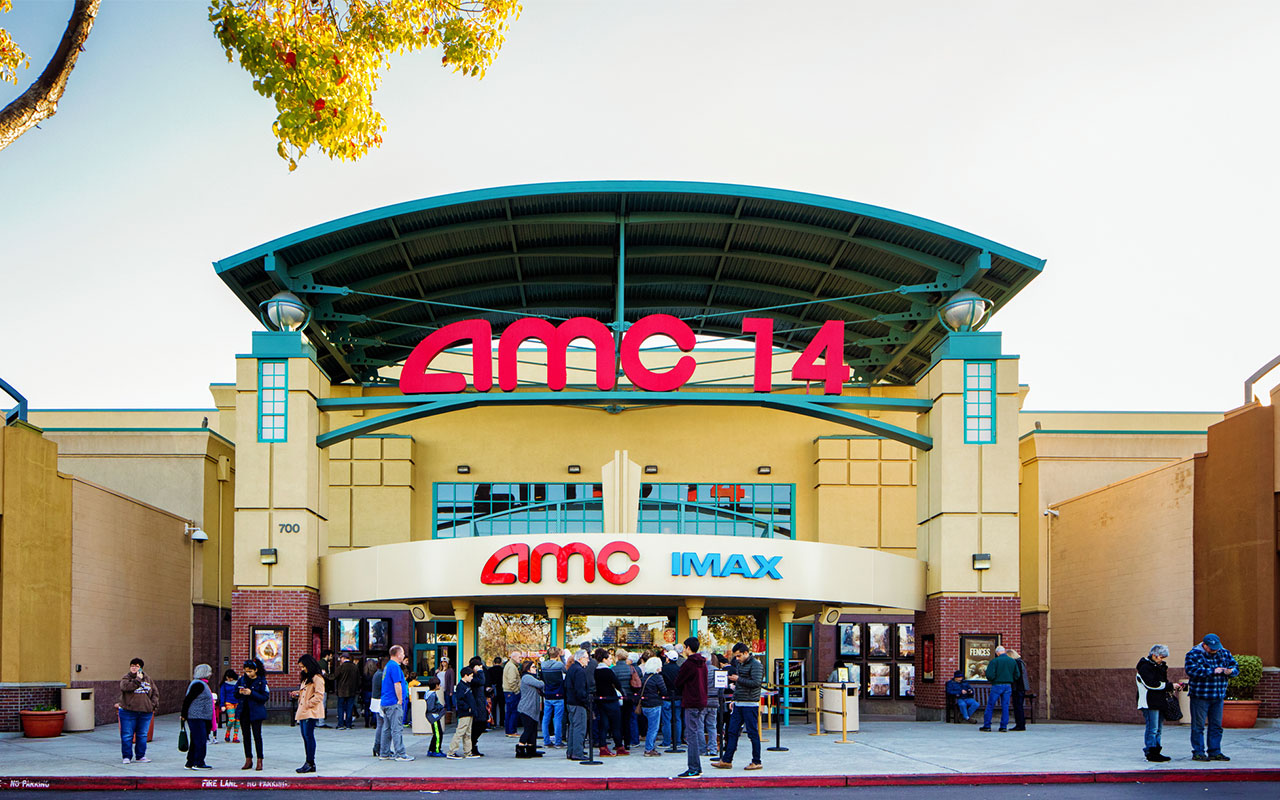
AMC Entertainment
- Market value: $2.1 billion
- Dividend yield: 4.8%
- AMC Entertainment (AMC, $16.55) is one of the largest movie theater operators in the world, with more than 11,200 screens in more than 1,000 theaters. The rise of streaming services such as Netflix (NFLX), Hulu, and Amazon (AMZN) Prime Video has eroded the value proposition of going out to catch the latest movie.
Video killed the radio star, and now streaming is trying to kill video (at least in movie theaters, anyway).
For example, AMC’s U.S. and international attendance decreased 2.9% and 2.0% in 2017, respectively. The Wall Street Journal also cited data from the National Association of Theatre Owners that theater attendance reached its lowest level since 1995 last year.
As a result, many theaters are scrambling to turn their locations into more of an experience with luxury recliners, in-seat dining, and more. However, all of these amenities cost serious cash, and AMC is not in a great position of financial strength.
After going on an acquisition binge in recent years to gain more control in some of its markets, the company has more than $4 billion in net debt. It also has received a junk credit rating from Fitch.
Not surprisingly, AMC’s dividend has been flat since its initiation in 2014. Should theater traffic headwinds intensify and the need for capital investments increase to keep its box offices relevant, management could look to the dividend for savings.
Profit and prosper with the best of Kiplinger's advice on investing, taxes, retirement, personal finance and much more. Delivered daily. Enter your email in the box and click Sign Me Up.

Brian Bollinger is President of Simply Safe Dividends, a company that provides online tools and research designed to help investors generate safe retirement income from dividend stocks without the high fees associated with many other financial products.
-
 Holiday Tax Scams: 'Tis the Season to be Wary
Holiday Tax Scams: 'Tis the Season to be WaryTax Scams Navigating tax tricks of the holiday season may be daunting, but don't let that destroy your festive spirit
-
 Metro by T-Mobile Is Giving Away This Samsung Galaxy A16: Which Plans Are Eligible?
Metro by T-Mobile Is Giving Away This Samsung Galaxy A16: Which Plans Are Eligible?Metro by T-Mobile is offering free Samsung Galaxy A16 phones on eligible plans right now. Here’s how the deal works.
-
 I Drive and Collect Classic Cars: Here’s How I Got Started
I Drive and Collect Classic Cars: Here’s How I Got StartedAre classic cars a hobby or an investment strategy — or both? Either way, the vintage car scene is much cooler and more affordable than you think.
-
 The 24 Cheapest Places To Retire in the US
The 24 Cheapest Places To Retire in the USWhen you're trying to balance a fixed income with an enjoyable retirement, the cost of living is a crucial factor to consider. Is your city the best?
-
 Bond Basics: How to Reduce the Risks
Bond Basics: How to Reduce the Risksinvesting Bonds have risks you won't find in other types of investments. Find out how to spot risky bonds and how to avoid them.
-
 Bond Ratings and What They Mean
Bond Ratings and What They Meaninvesting Bond ratings measure the creditworthiness of your bond issuer. Understanding bond ratings can help you limit your risk and maximize your yield.
-
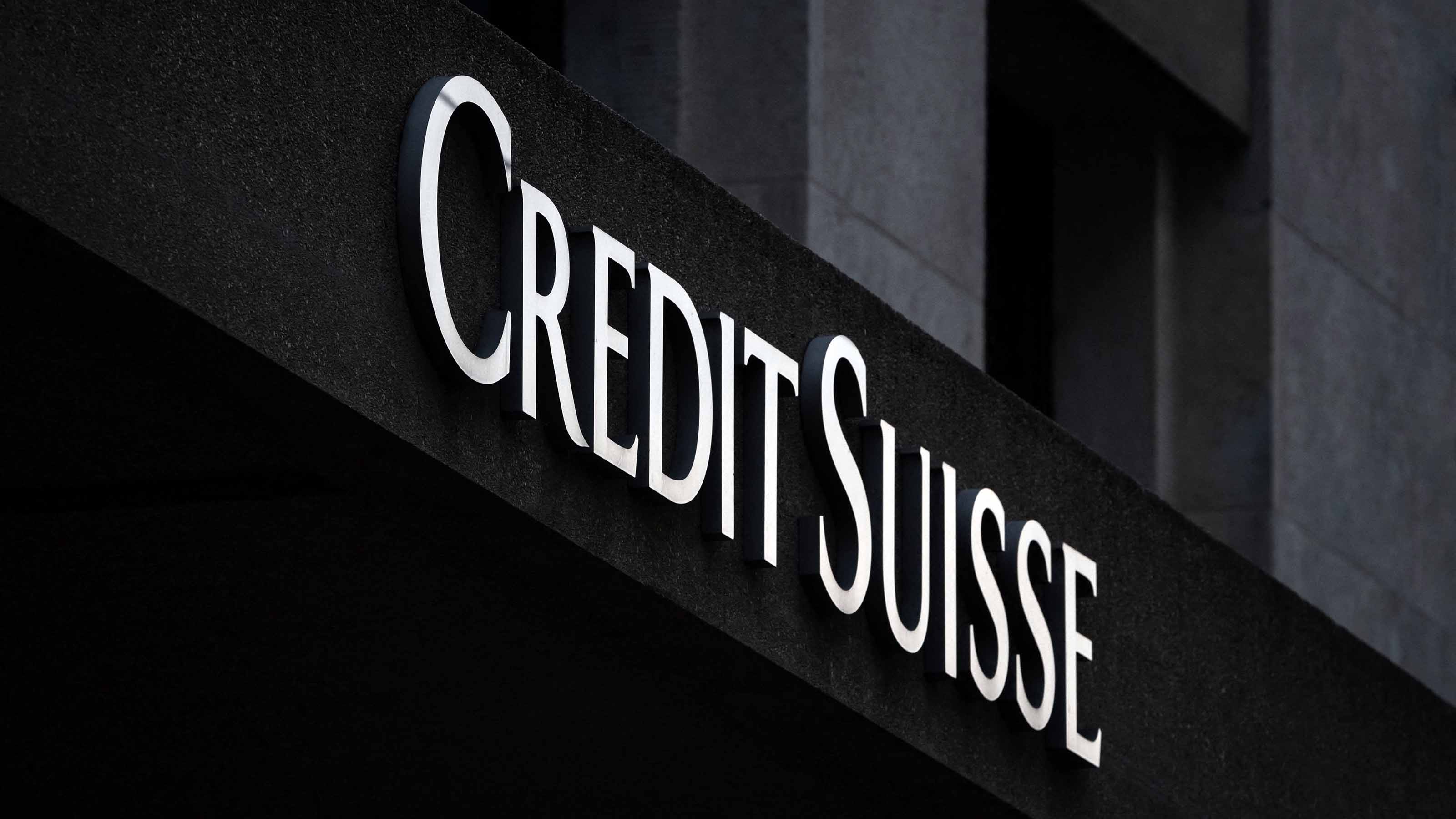 Stock Market Today: Stocks Struggle on Credit Suisse, First Republic Bank Concerns
Stock Market Today: Stocks Struggle on Credit Suisse, First Republic Bank ConcernsChaos in the financial sector stole the spotlight from this morning's inflation and retail sales updates.
-
 5 Stocks to Sell or Avoid Now
5 Stocks to Sell or Avoid Nowstocks to sell In a difficult market like this, weak positions can get even weaker. Wall Street analysts believe these five stocks should be near the front of your sell list.
-
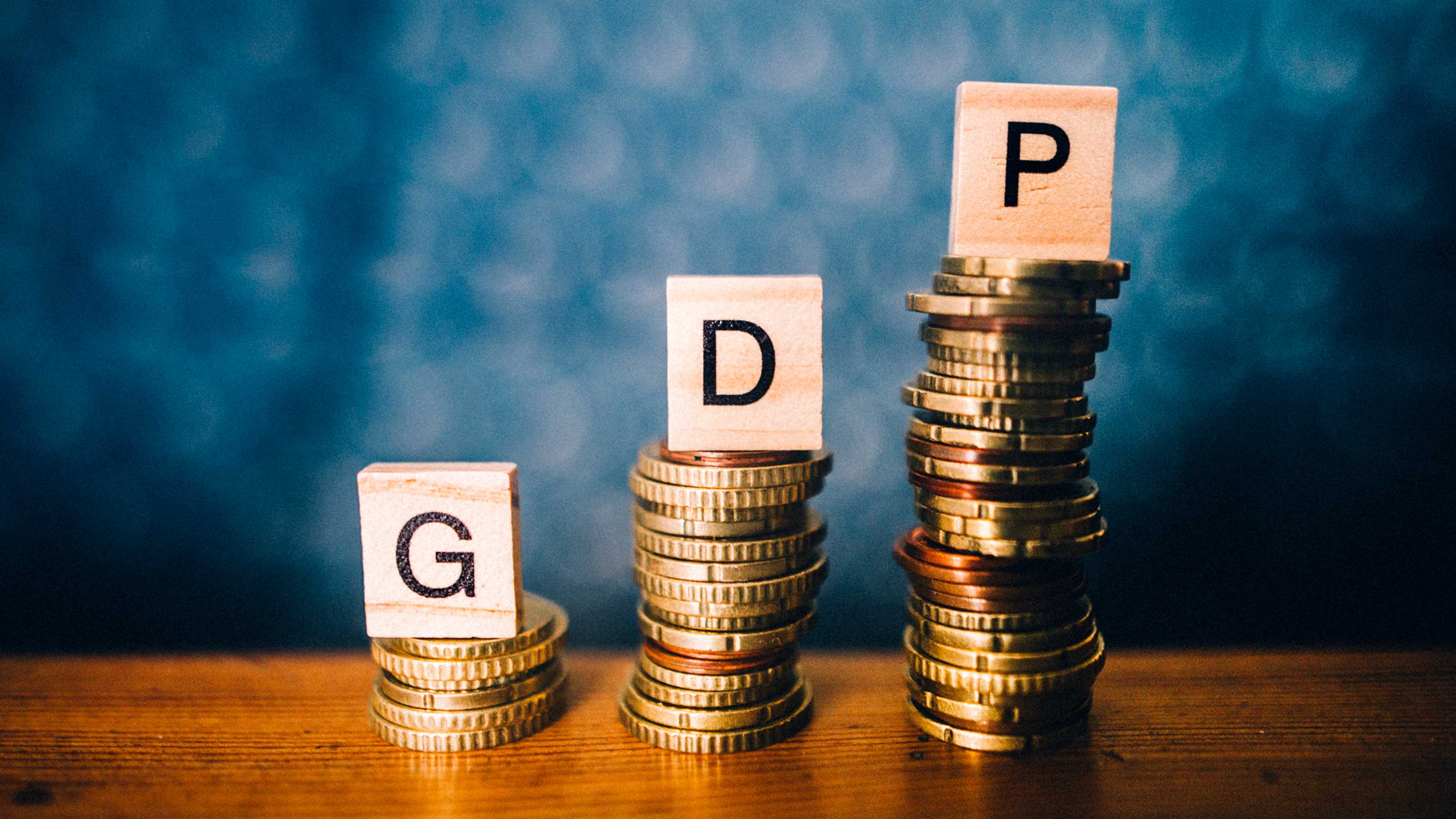 Q4 GDP Beats Expectations: What the Experts Say
Q4 GDP Beats Expectations: What the Experts SayGDP The latest GDP report shows that the economy avoided recession last year, but market pros say we might not be so lucky in 2023.
-
 Best Stocks for Rising Interest Rates
Best Stocks for Rising Interest Ratesstocks The Federal Reserve has been aggressive in its rate hiking, and there's a chance it's not done yet. Here are eight of the best stocks for rising interest rates.
-
 The Five Safest Vanguard Funds to Own in a Volatile Market
The Five Safest Vanguard Funds to Own in a Volatile Marketrecession The safest Vanguard funds can help prepare investors for market tumult but without high fees.
